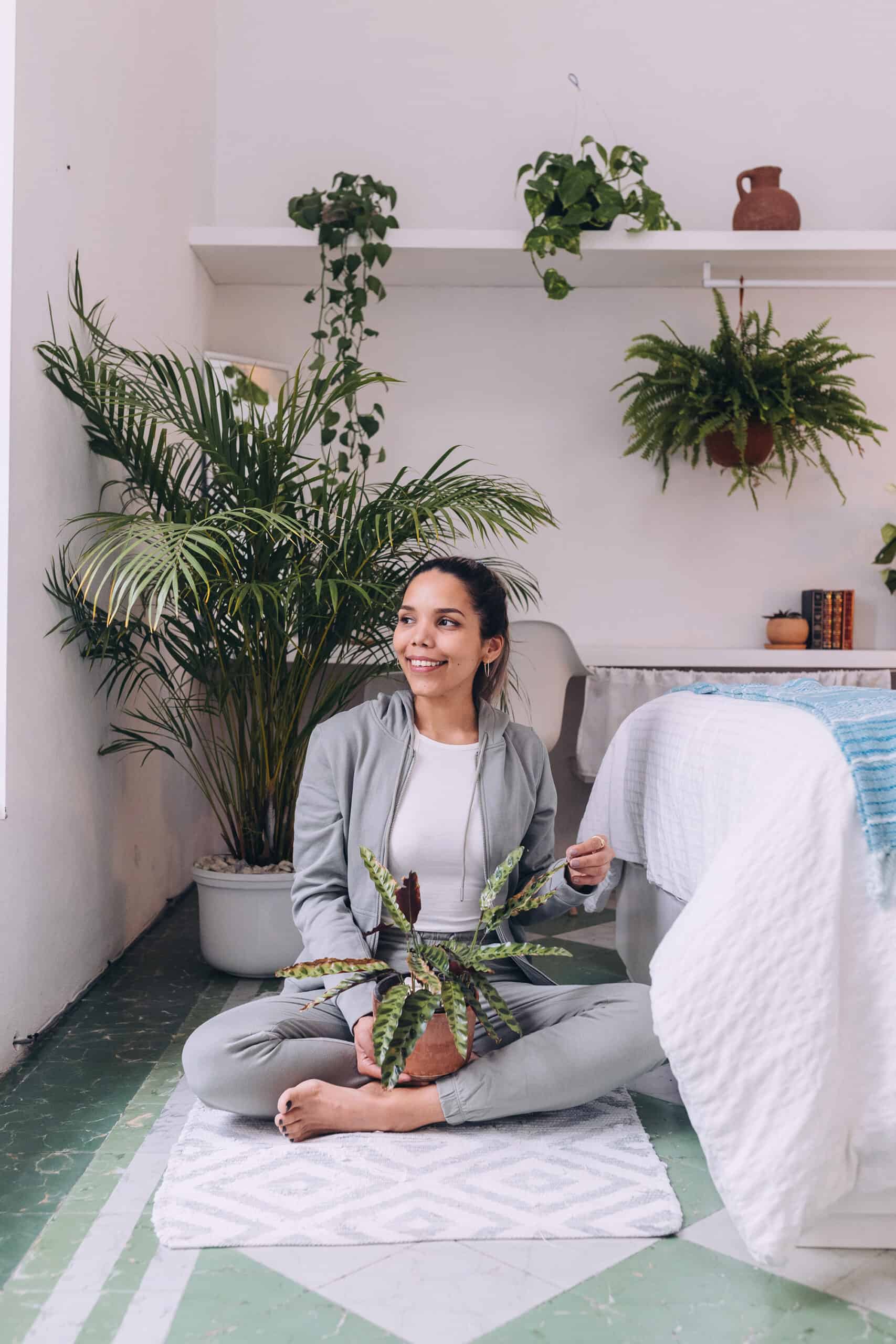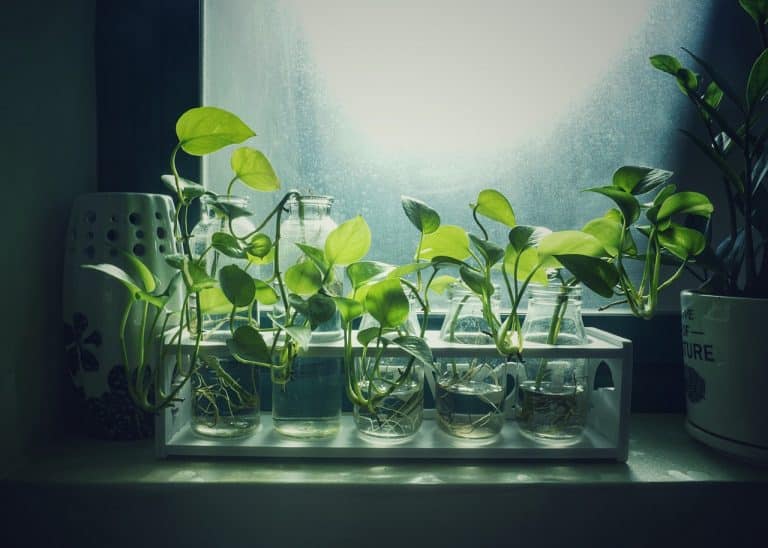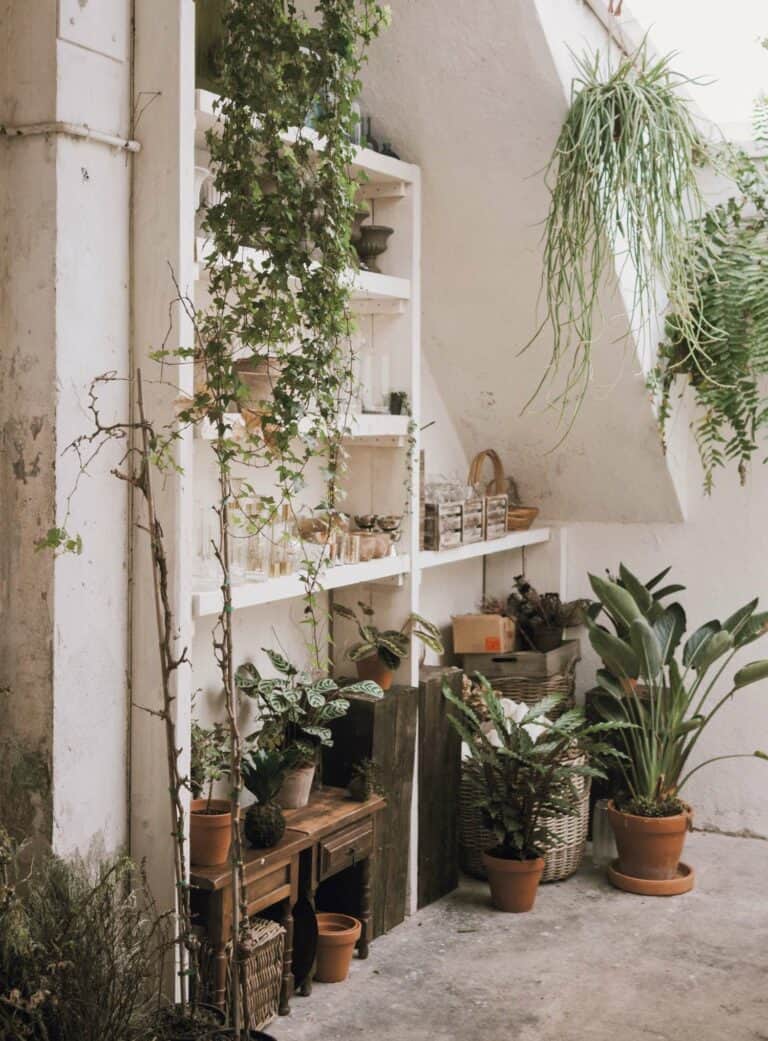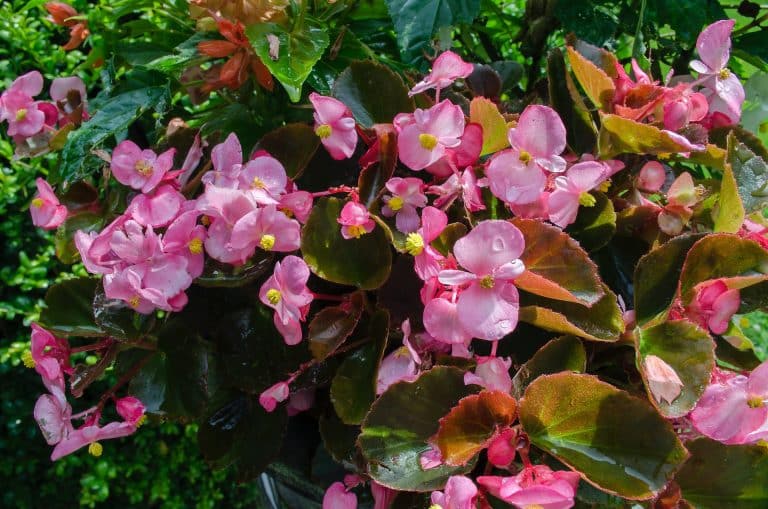Why You Should Rotate Your Indoor Plants Regularly
You know that feeling when you’ve finally found the perfect spot for your indoor plants? You’re all like, “YASSS, my little green friends are gonna THRIVE here!”
But, what if I told you there’s more to this plant parent life than just finding that one sweet spot?
That’s right—rotating your plants regularly!
“But whyyyyyy?” I hear you ask. “My plants look pretty happy where they are, thank you very much!”
Well, just like us, our indoor plants may seem perfect on the outside, but they too have their own #NeedToRotate issues.
In this article, we’ll explore the whys and hows of rotating your indoor plants.
Let’s get this Green party started…
Let’s get spinning!
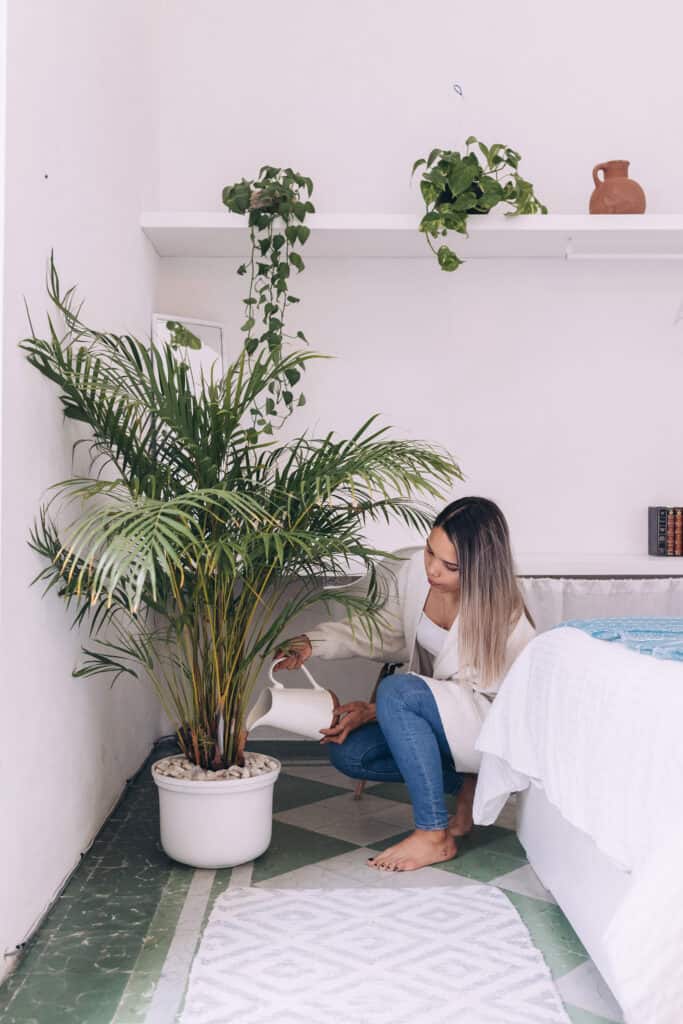
Why Rotate Your Indoor Plants?
Rotating your indoor plants is about practicality, efficiency, and providing the optimum growing environment for your mini rainforest. Here’s the lowdown on why it’s so important:
- Even Sunlight Distribution : Think about it… do plants in the wild stay in one position, soaking up sunlight only from one precise angle? Nope! Indoor plants crave even sunlight, too. Regular rotation allows ALL parts of your plants to get in on that sunshine action, leading to more balanced growth.
- Aesthetic Appeal : You know those lopsided trees you see now and again? They’ve missed the joy and benefits of a good rotation. Evenly distributed sunlight means symmetrical plant growth, which means beautiful, Insta-worthy plants.
- Better Air Circulation: Providing your plants with enough space and air circulation prevents the dreaded stagnancy that can lead to diseases. Rotating them regularly helps you keep an eye on spacing and encourages (literally) healthy growth. #BreatheEasy.
Why Rotate Your Indoor Plants?
You may be wondering, “Why should I bother rotating my plants?” Here’s the deal – plants naturally grow towards the light. To prevent them from getting lopsided or leaning, it’s essential to give them a bit of a turn now and then.
Rotating your plants ensures that they receive sunlight evenly, promoting healthier and more symmetrical growth. Trust us, your plants will LOVE you for it!
Step-by-Step Guide to Mastering Plant Rotation
- Observe the Light: First things first, take a good look around your home and note the primary light sources. This could be a window, a skylight, or even an artificial light source. Keeping the location of these light sources in mind helps you plan your plant rotations effectively. Got it? Fabulous, let’s move on!
- Quarter Turns: This is where the magic happens! To provide your plants with maximum sunlight without stressing them out, rotate them by a quarter (90 degrees) every week or so. This slow, steady twirl makes sure that all your botanical buddies receive equal sun exposure, keeping them happy and healthy. Time to put your best spin on it,
- Seasonal Adjustments: Hey now, don’t forget to adjust your rotation frequency according to the season! When summer rolls in, the sunlight is brighter and more direct, which means extra caution is needed to protect your plants from scorching. On the other hand, in winter, the sunlight gets dimmer, so be ready to rotate your plants more frequently to ensure they still get adequate exposure. Remember, it’s all about adapting to change!
- Show Love To The Little Guys: While larger, leafier plants might steal the limelight (or sunlight), it’s important to give your smaller plants an equal chance. Make sure they receive the same rotation love so they stay vibrant and beautiful, too! 💚🌱 #NoPlantLeftBehind
Extra Tips for Plant Rotation Perfection
To ensure your plant rotation serves up the best results, keep these additional pointers in mind:
- Rotate your plants consistently to avoid any sudden changes or stress on your green pals.
- Avoid rotating dry or wilting plants, as they may be fragile. Instead, give them some water and care first, and then proceed with rotation once they recover.
- Be gentle when rotating to prevent damaging leaves and stems. Remember, tender loving care is the way to go!
- Rotating your plants is also an excellent time to inspect them for any pests or diseases. Stay vigilant and keep your indoor garden pest-free.
Plant Positioning Matters
While rotating your plants is crucial, it ‘s also important to keep them in the right spot!
Choose a location where they can get adequate sunlight and breeze, without being too exposed to strong winds or direct heat.
Provide adequate spacing between plants to ensure they don’t crowd each other out, leading to stunted growth.
Rotating your indoor plants is an absolute game-changer, and now you know why.
To recap, here’s what you’ll gain by giving your leafy friends a little spin:
- Even Sun Exposure: You don’t want #SunHog plants, am I right? Rotate them for balanced growth!
- Better Air Circulation: Let’s give those plants a chance to breathe (and make our air better too)!
- Happier Plant Parenthood: Rotating helps you keep a close eye on your green babies and spot any issues sooner.
See? It’s not just about pretty, photogenic plants (although that’s a bonus!).
By following these simple tips, you’ll promote healthier, happier plants while also creating a more visually stunning indoor jungle.
Ready to take your plant care game to a whole new level?
THEN LET’S GET ROTATING! And while you’re at it, why not share this post with your fellow plant enthusiasts?
Happy Plant Parenting!

